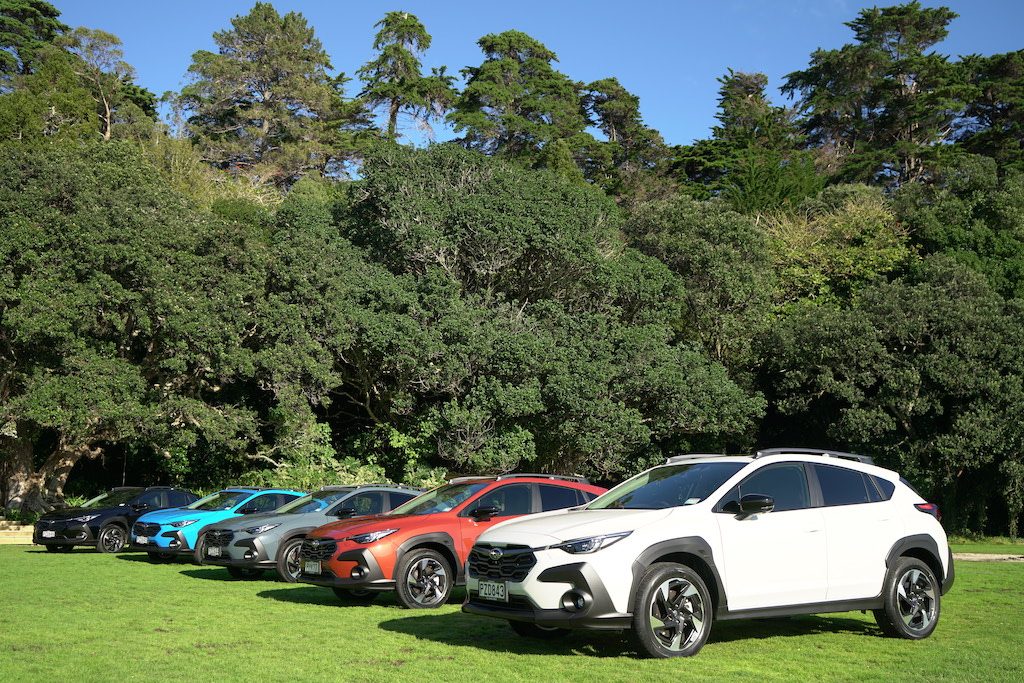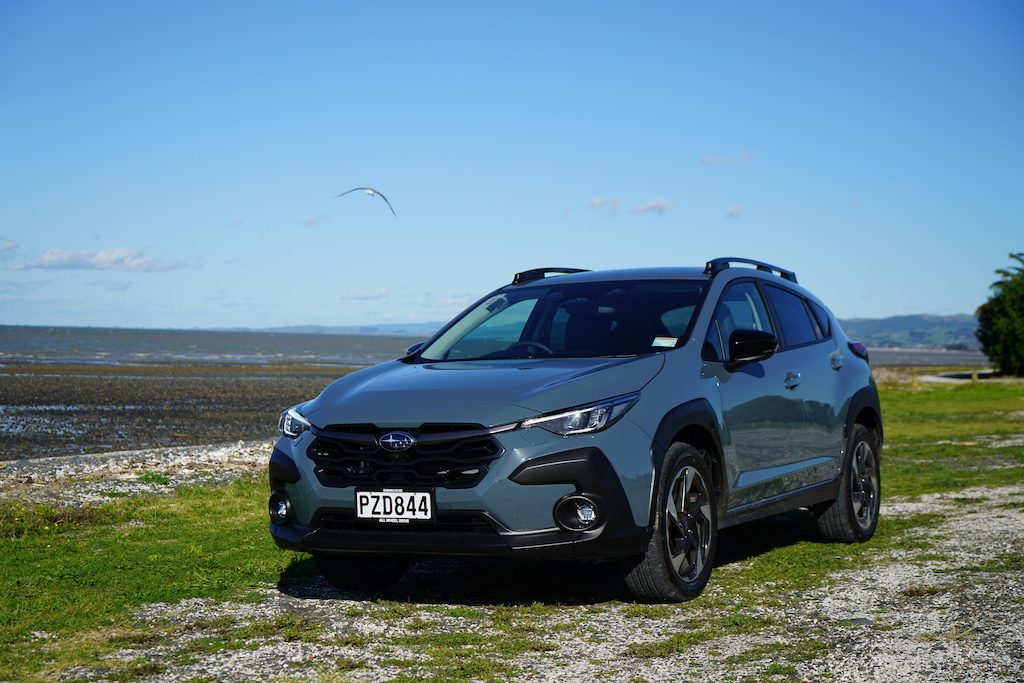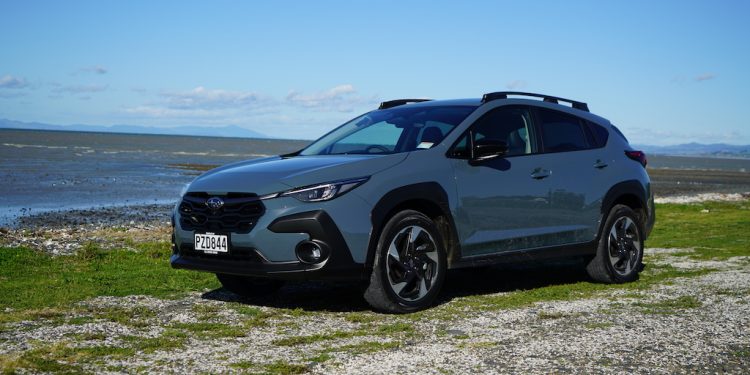Subaru Crosstrek – First Drive
Words NZ Autocar | Images Subaru/PL
Subaru New Zealand has introduced the new Crosstrek to the market. For those who may not have heard of the model, this is the brand’s reimagined third generation of its XV compact SUV. Now you recognise it?
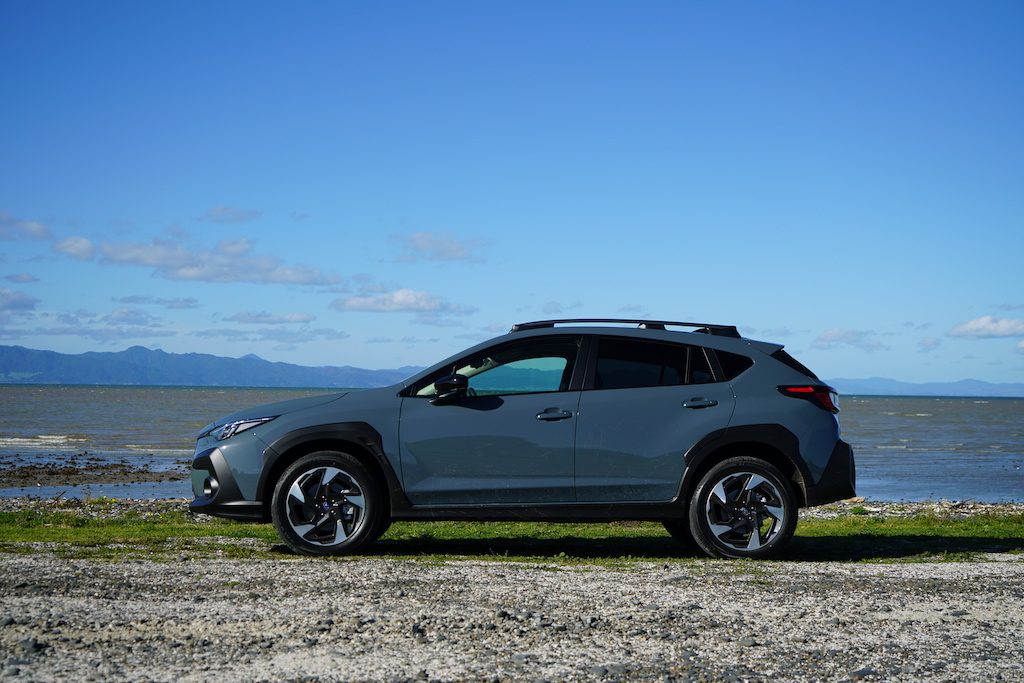
The more evocative new name and more aggressive styling characterise Subaru’s latest compact SUV. Underpinning Crosstrek is a strengthened version of the Subaru Global Platform, augmented by full-time AWD and ground clearance of 220mm. Along with X-mode that optimises systems for mud, snow and gravel, Subaru’s MD Wallis Dumper said at the launch “Crosstrek gets you to these backcountry national treasures in style, and our engineering prowess provides the confidence that you’ll arrive safely.”
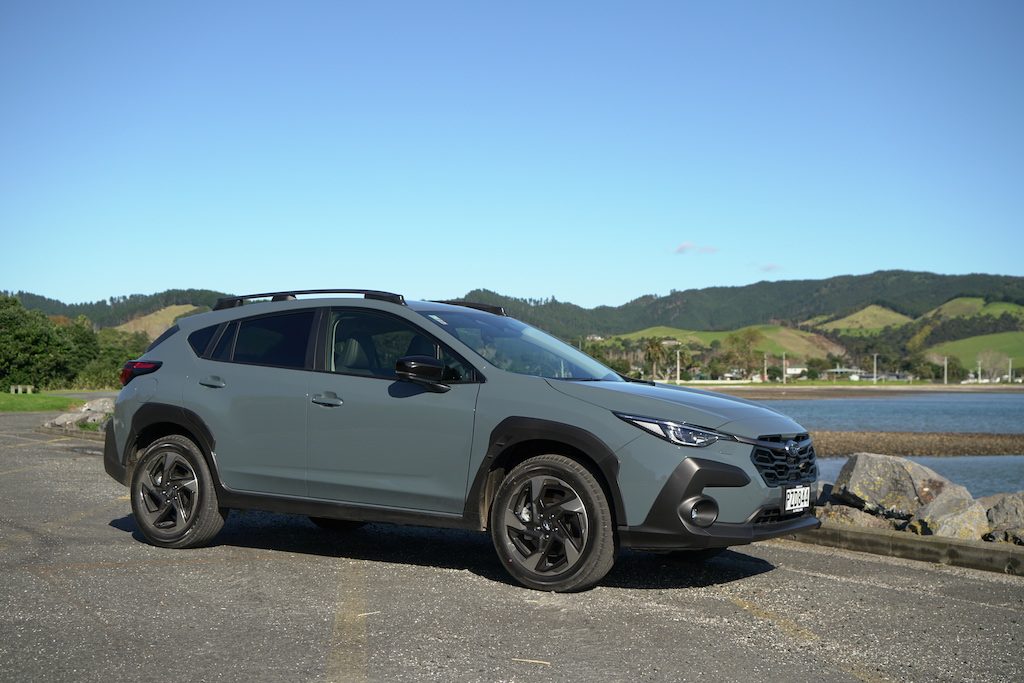
Exterior styling updates run to dramatic wheel arch cladding, slimmer headlights, a bigger hexagonal grille, and a redesigned bumper. The rear lights and bumper are also different. Inside, there’s an 11.6-inch infotainment touchscreen that incorporates controls for the HVAC system, wireless Apple CarPlay and Android Auto connectivity, a Qi phone charger, and a 360-degree camera. Analogue dials remain while door handles, vents and centre console come in for a rethink.
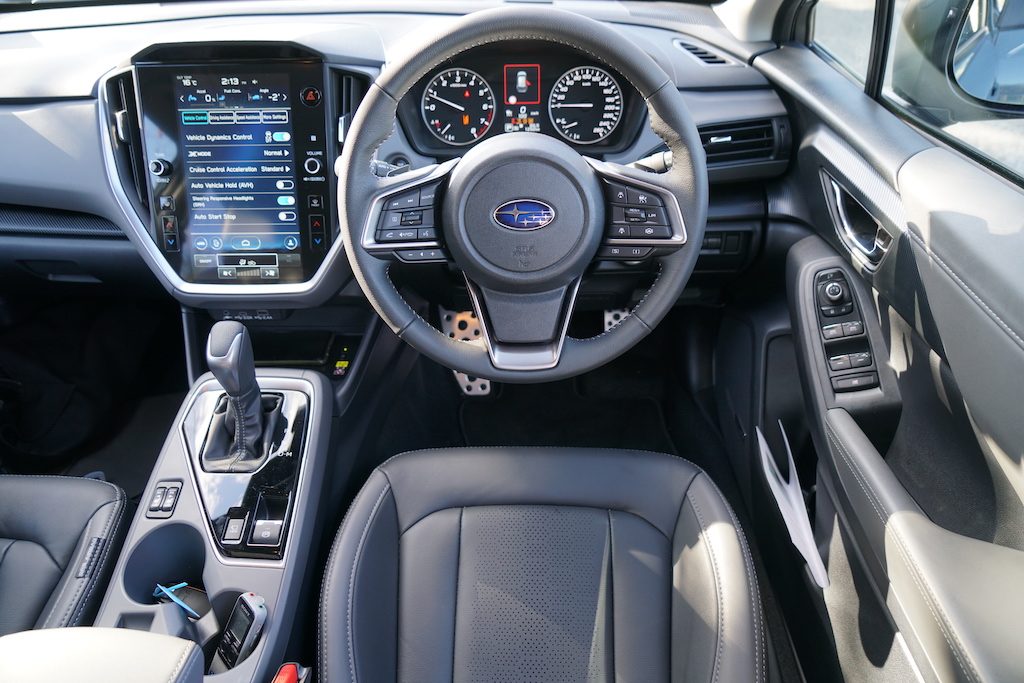
A trio of model choices
Three variants are available, two of which are hybrids, and all three are AWD, the default setting for Subaru New Zealand. The hybrids are a bit thin on the ground at present which is why we got to drive only the Crosstrek AWD Premium, ie, ICE power alone.
This high-spec midrange model comes with a 2.0-litre flat four-cylinder connected to an eight-step CVT with paddle shifters, while the two Crosstrek Hybrids come in base and Premium specification. They both feature a CVT auto but with seven steps.
The ICE power Premium variant sells for $48,990, the base hybrid costs $2k less while the range-topping Premium hybrid is $51,990.
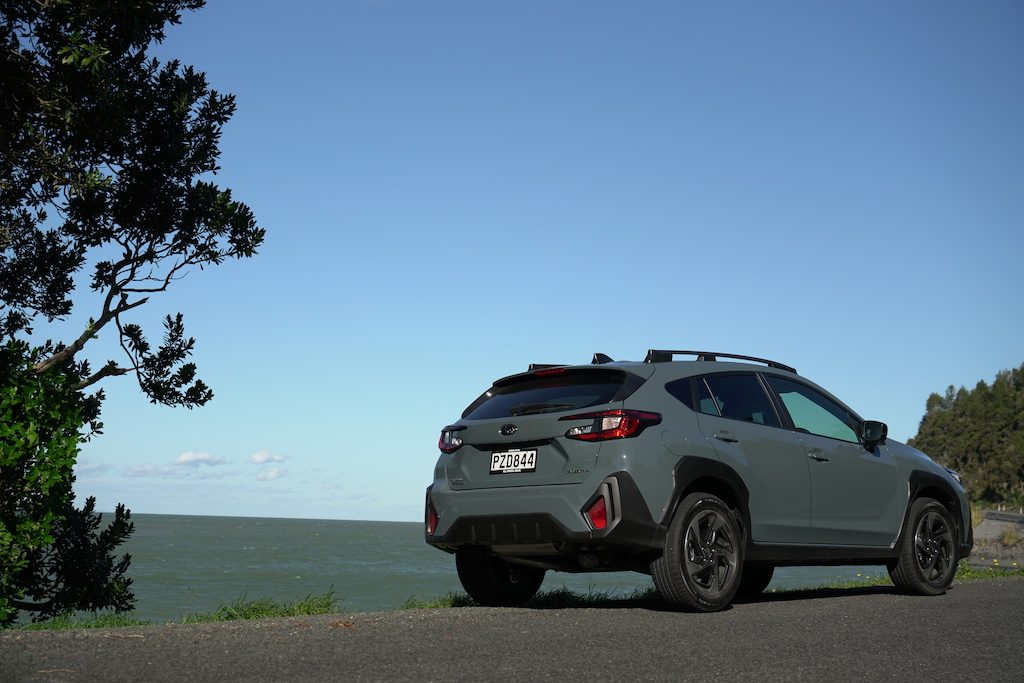
All models come with an updated Eyesight crash prevention system that now includes traffic sign recognition, amongst other things, nine airbags, X-mode with hill descent, a smart key and push button start, an 11.6 inch portrait style touch screen, adaptive cruise, and wireless Apple CarPlay and AA, along with wireless smartphone charging. There’s also a driver monitoring system that detects the onset of fatigue at the wheel, and a 360-degree surround camera system.
The Premium specification adds things like leather upholstery and heated front seats, an electric sunroof, 18-inch alloys, satellite navigation, an eight-way power driver’s seat, LED daytime running lights, dark grey roof rails, and a 10-speaker HK sound system.
Subaru has refashioned the seats for additional comfort based on medical trials, and added more sound-deadening material to the cabin for improved NVH.
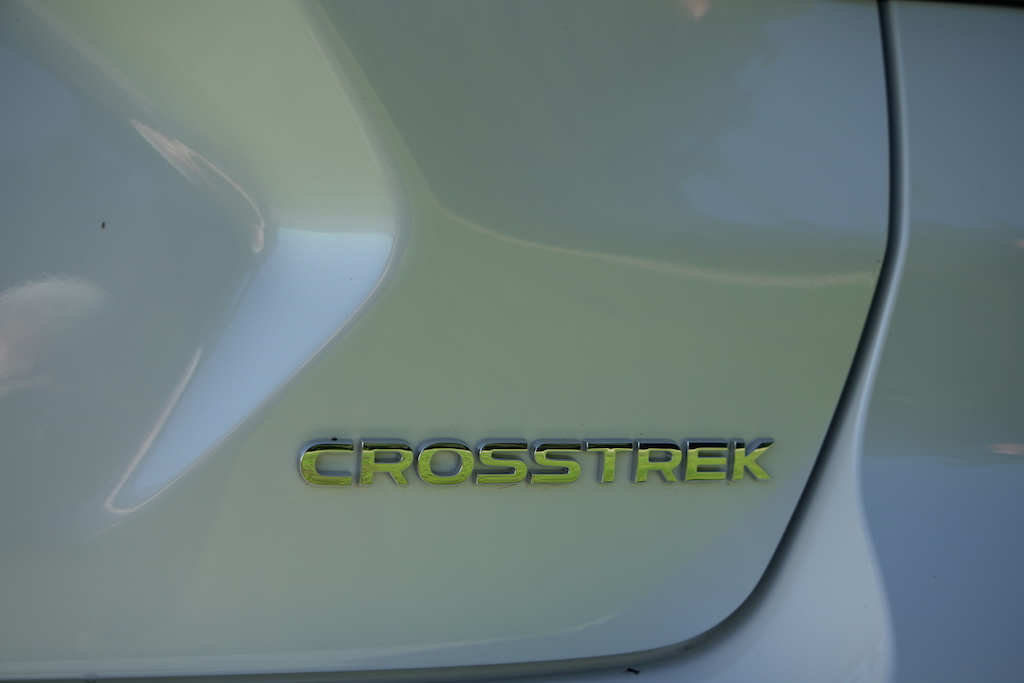
Flat-four AWD natch
Powering the trio is a 2.0L direct injection naturally aspirated flat four. In the car we drove, output is 115kW and 196Nm, and there’s an SI drive mode system, Sport adding a bit more vim and a few more revs at any given speed. The Intelligent mode aims for optimal fuel efficiency, with a combined ADR figure of 7.2L/100km (8.0L/100km rightcar.co.nz).
The engine’s power output is slightly less in the two hybrid models, 110kW but the electric motor adds 12.3kW of extra power and an additional 66Nm of torque. System power isn’t quoted. The combined ADR fuel figure is a claimed 6.5L/100km.
Our launch drive took us through entirely familiar roads, and for the first third of the journey down the Seabird Coast I’d not noticed the SI drive button. Despite that, the naturally aspirated 2.0L provided adequate performance, the output processed by an eight-step continuously variable transmission (Lineartronic). High gearing means it cruises at speed with minimal effort, and enhanced sound deadening meant cabin dB levels firmly in the sixties. It’s notably quiet.
Best engine performance lies above about 4500rpm or so I thought before discovering Sport mode. This seems to enhance torque output at modest engine revs, and also keeps the engine spinning at a slightly higher rate. There’s noticeably better performance as a result. Tall gearing makes it rather too easy to exceed increasingly stringent speed limits but traffic sign recognition and adaptive cruise are antidotes to that.
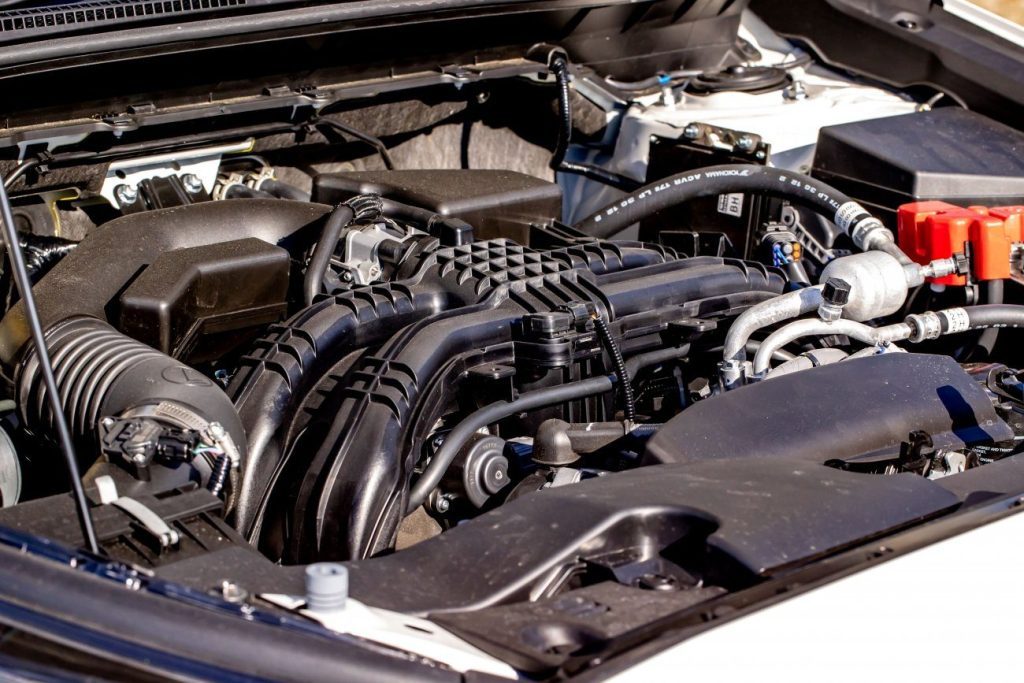
Dynamics to drive for
One other aspect is noteworthy – if you’re after one of the best handling and riding compact AWD vehicles on the market, this may well be it. The long travel suspension comprising double wishbones at the rear handles lumps and potholes admirably, while AWD and Falken rubber impart outstanding grip levels. It steers well too, thanks in part to the low centre of gravity afforded by the flat four. Ventilated brakes both ends make it a breeze setting corner entry speeds. Dynamically, Crosstrek benefits from better roll control, while the 10 per cent stiffer body structure contributes to better handling and NVH.
It’s not hugely quick in the way most turbo-fired vehicles are – we doubt any model will hit 100 in under 10sec – but once up to speed it can set A to B times that most rivals won’t be able to match.
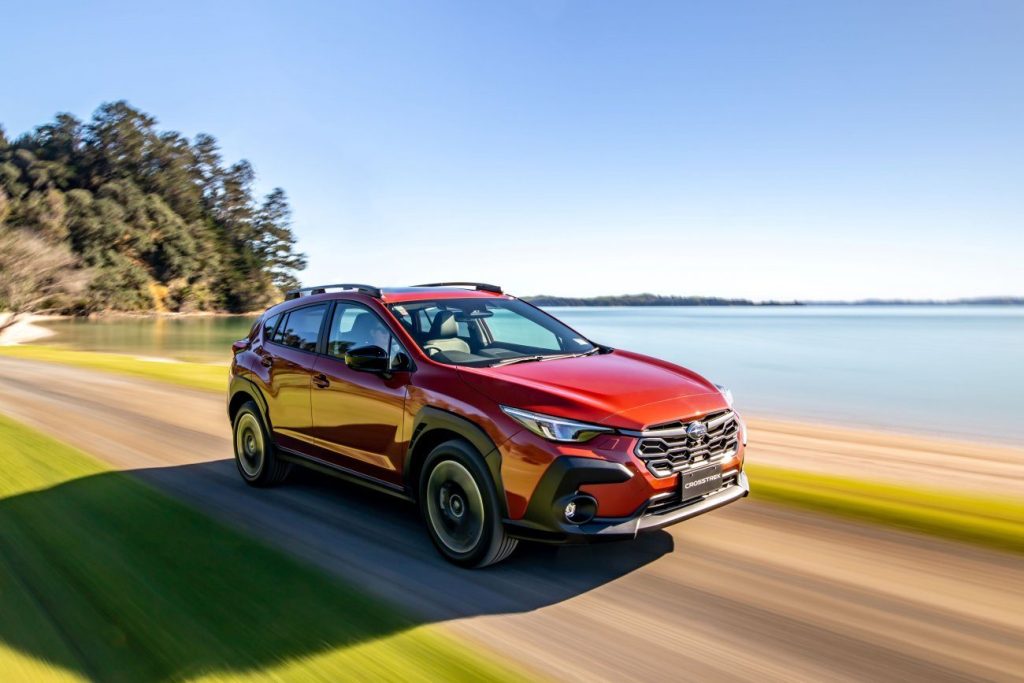
The interior is pleasant too, the main control functions now relegated to the portrait-style touch screen, leaving only a couple of buttons that control the seat heaters. Instruments are clear, traffic sign recognition capable, and pertinent data easy to scroll through. The driving position is great, so too visibility, especially out the rear window. A few hard plastics at the top of the dash we only noticed on closer inspection.
The petrol-only unit registered overall fuel use in the nines but we weren’t hanging around either, enjoying the familiar roads. We’d imagine a figure in the sevens should be achievable on rural roads.
In the rear there’s room enough for a couple of adults, headroom okay despite the sunroof. You’d not regard the cargo volume of around 300L as anything special, but taking the rear seats out of play leads to a flat load space of around 900L.
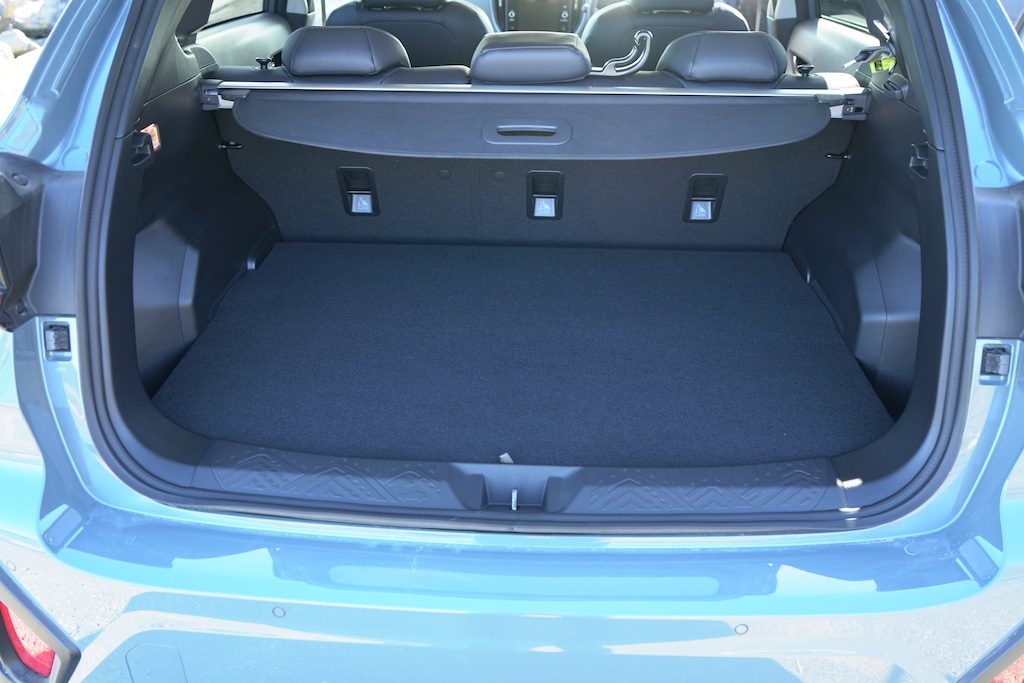
Like everything else, prices have risen some. XV used to range from $40k-$45k, and now the least expensive Crosstrek, the base hybrid variant, kicks off at $47k while the Hybrid Premium is $52k. These are subject to fees of $1380-$2530 as of July 1st when the new CCD pricing schedule kicks in. But what price for top safety, ride and handling, and newfound styling and NVH levels? Choose the base hybrid if you’re after the best value model and are chasing economy.
